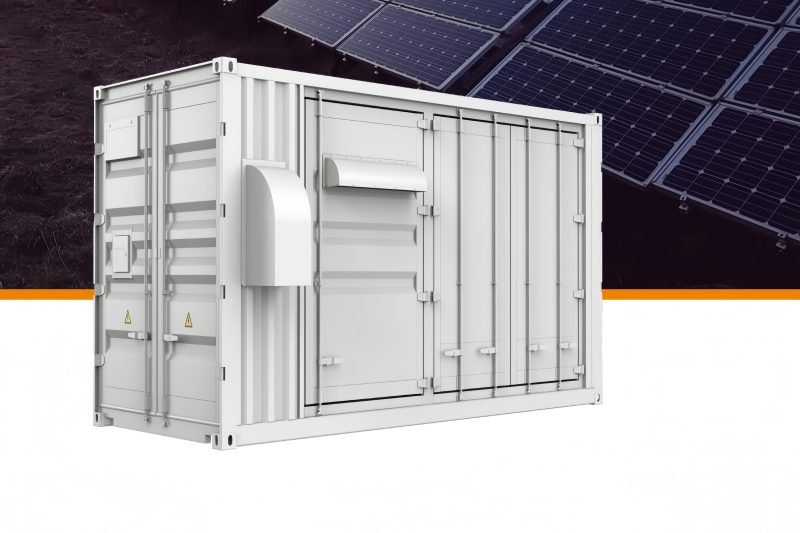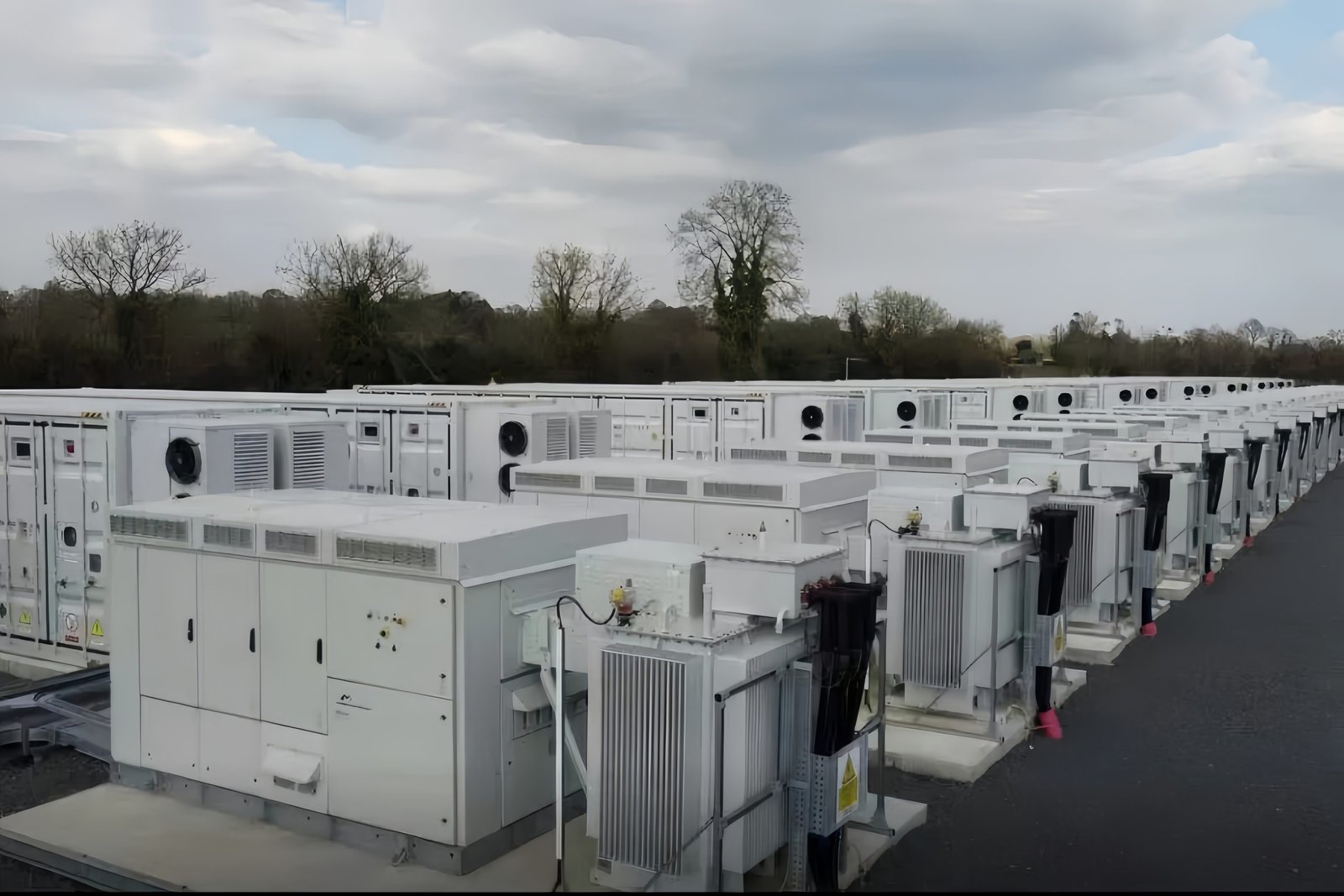A Comprehensive Guide to Industrial and Commercial Energy Storage: Key Factors in Voltage Access Selection
Enhancing Energy Efficiency with Commercial and Industrial Energy Storage Systems
In the industrial and commercial sectors, introducing energy storage systems has become essential for improving energy management and optimizing electricity costs. Choosing the correct voltage access level is a critical step in building effective solar storage systems, ensuring seamless integration with the enterprise’s power needs while maximizing safety, operational efficiency, and cost-effectiveness. This decision directly impacts the reliability and long-term performance of the system.
Voltage Access Levels for Energy Storage Systems
The voltage access level depends on the user’s incoming power supply and distribution system design. For most commercial energy storage and industrial energy storage systems, typical configurations include:
10kV or Higher Access: Suitable for large-scale energy storage solutions, with single transformer capacities capped at 2500kVA. Multiple step-up transformers can converge at the 10kV busbar for systems requiring up to 6000kW capacity.
0.4kV Access: Ideal for systems with single transformer capacities of 2000kVA or more, usually with one connection point on the 0.4kV low-voltage busbar. If sufficient space exists, additional connection points can be added.
Matching Voltage Levels to System Capacity

The capacity of the energy storage system determines the appropriate voltage access level. Single connection points should not exceed the following limits:
0.4kV: Up to 1000kW
10kV: Up to 6000kW
20kV: Up to 12,000kW
35kV: Up to 30,000kW
For “high supply, low billing” configurations, systems must connect to the low-voltage side, while “high supply, high billing” setups allow connections on both high- and low-voltage sides.
Compliance with Standards and Policies
National and regional standards guide voltage access choices for energy storage systems:
GB/T 36547-2018 recommends connecting systems of 1000kW or less to the 0.4kV grid.
Local utility regulations and policies may impose additional requirements, making it essential to align project planning with these rules to ensure compliance and efficiency.
Cost Considerations for Voltage Access
Evaluating the costs of high- and low-voltage access options is crucial:
High-Voltage Access: Involves significant upfront investment for step-up equipment, substation construction, and infrastructure. It is more cost-effective for large-scale systems where economies of scale reduce average costs.
Low-Voltage Access: Features lower initial costs but requires careful planning of installation locations and cable routes to optimize expenses and performance.
Why Choose Our Energy Storage Solutions?
ShenZhen LeFu commercial and industrial energy storage systems deliver superior performance and flexibility:
Compact and durable cabinets and containers for diverse environments.
Customizable working modes tailored to specific user needs.
Advanced battery management systems and comprehensive thermal management for enhanced safety and reliability.
Real-time online monitoring for seamless system operation.
Simultaneous integration with load, battery, grid, diesel generators (DG), and photovoltaic (PV) systems.
Take control of your energy management today—explore our latest energy storage solutions designed to drive cost savings and sustainability for your enterprise.

